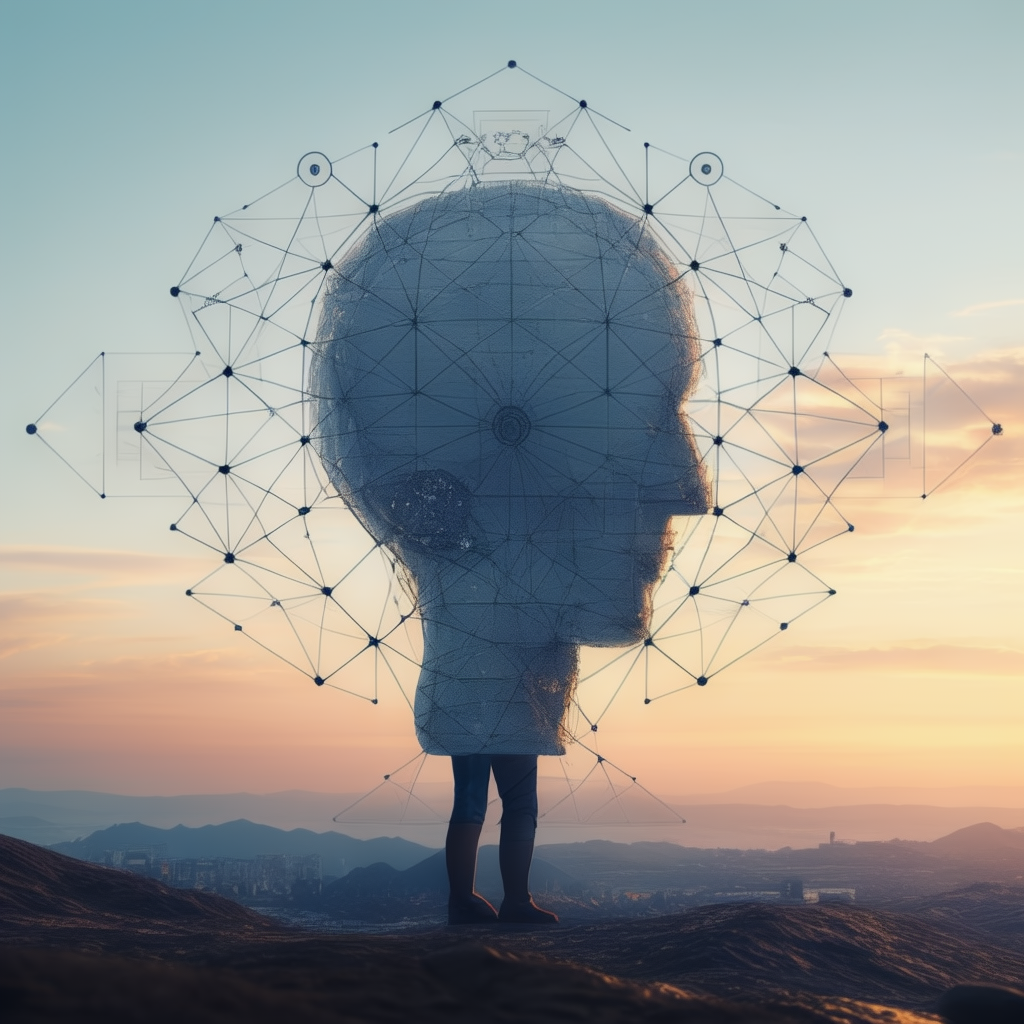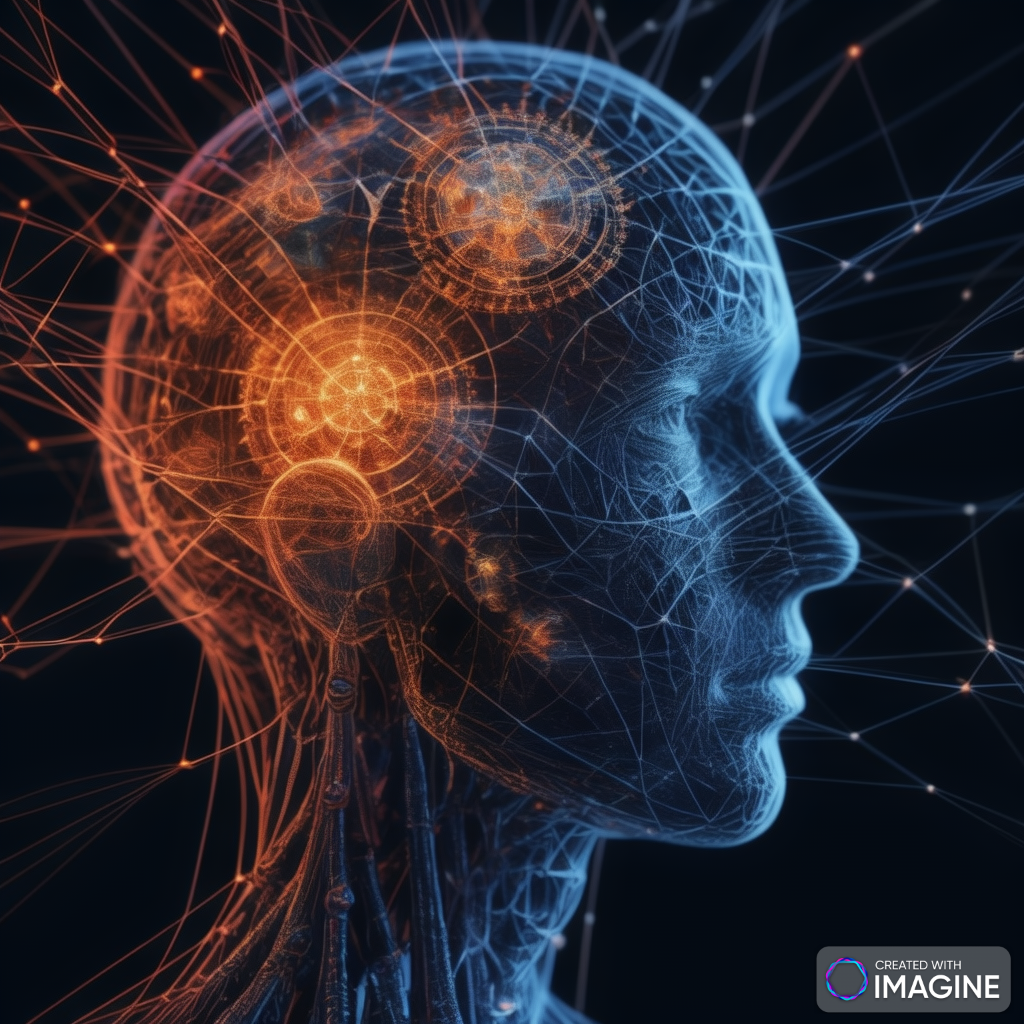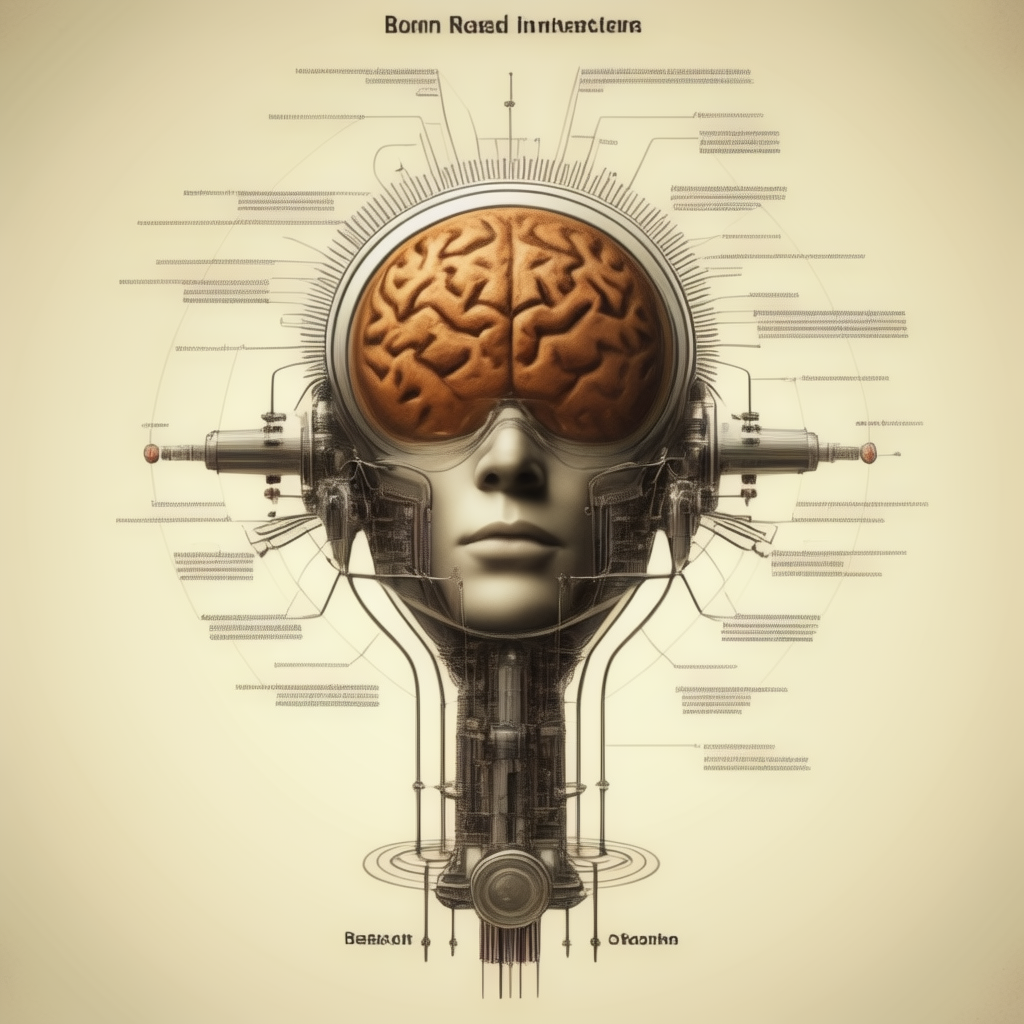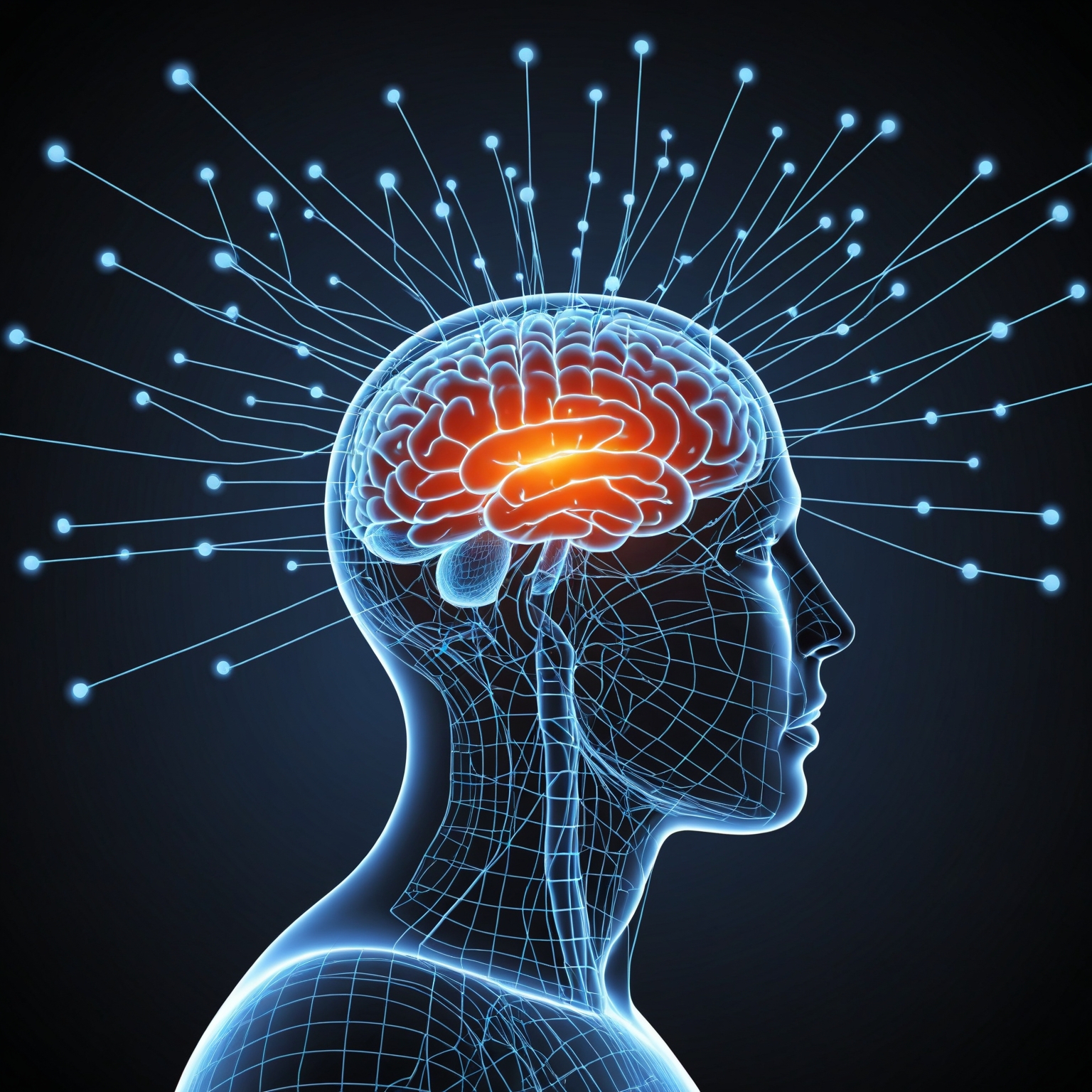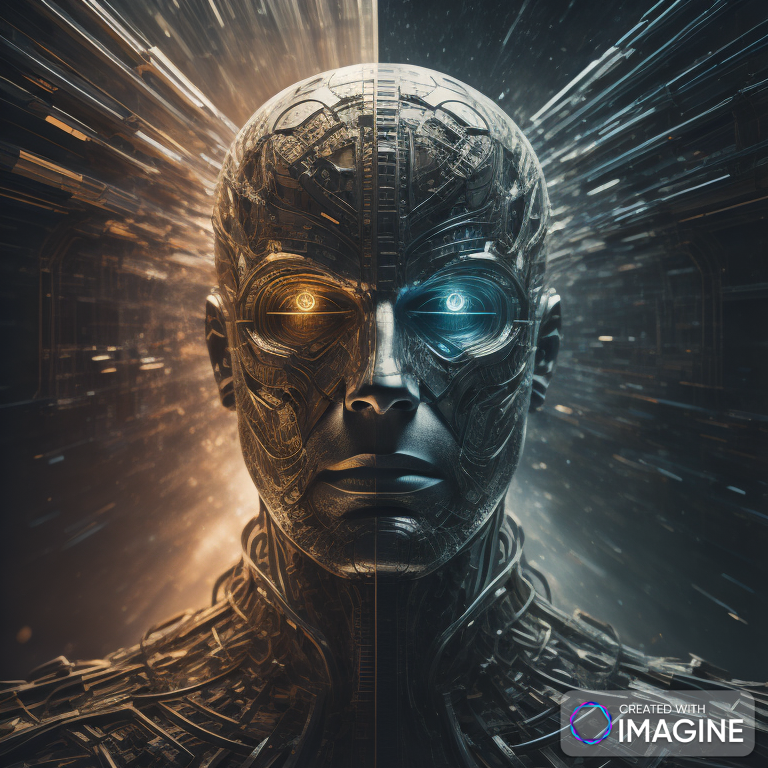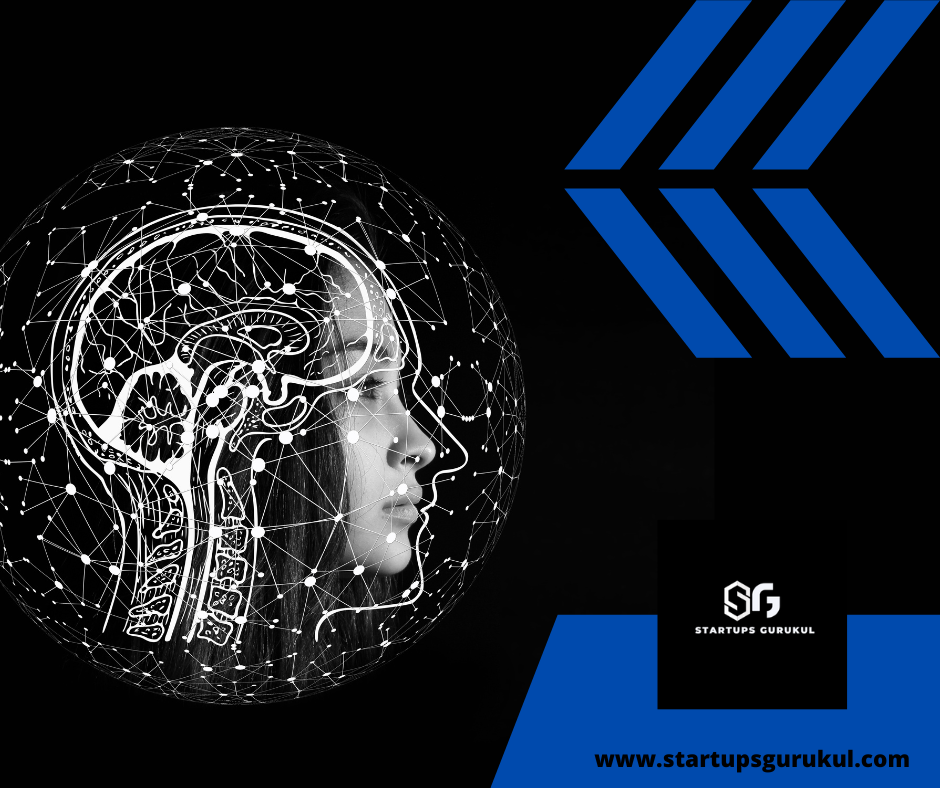In today’s digital age, the field of computational linguistics stands at the forefront of innovation, driving advancements in natural language processing (NLP), machine translation, sentiment analysis, and more. Combining the power of computer science with the intricacies of human language, computational linguistics is revolutionizing how we interact with technology and each other. In this blog post, we’ll dive into the fascinating world of computational linguistics, exploring its applications, challenges, and future prospects.
In today’s digital landscape, the interdisciplinary domain of computational linguistics stands as a beacon of innovation, spearheading advancements in natural language processing (NLP), machine translation, sentiment analysis, and beyond. Marrying the realms of linguistics and computer science, computational linguistics is revolutionizing human-computer interaction and reshaping the fabric of communication. In this comprehensive exploration, we embark on a journey to unravel the multifaceted world of computational linguistics, delving into its myriad applications, confronting its pressing challenges, and envisioning its future trajectories.
What is Computational Linguistics?
Computational linguistics is an interdisciplinary field that bridges the gap between linguistics and computer science. It focuses on developing algorithms and computational models to understand, analyze, and generate human language data. By leveraging techniques from artificial intelligence, machine learning, and linguistic theory, computational linguists seek to enable computers to process and manipulate natural language in ways that mimic human understanding.
Applications of Computational Linguistics
- Natural Language Processing (NLP): NLP is perhaps the most prominent application of computational linguistics. It involves teaching computers to understand, interpret, and generate human language. NLP powers virtual assistants like Siri and Alexa, chatbots, sentiment analysis tools, and language translation services.
- Machine Translation: Computational linguistics plays a crucial role in machine translation systems, enabling the automatic translation of text from one language to another. Companies like Google and Microsoft rely on sophisticated algorithms and large-scale language models to provide accurate and fluent translations across multiple languages.
- Information Retrieval and Text Mining: Computational linguistics techniques are used to extract valuable insights from large volumes of text data. Information retrieval systems help users find relevant documents or web pages based on their queries, while text mining algorithms analyze textual data to identify patterns, trends, and relationships.
- Speech Recognition and Synthesis: Speech recognition technology, such as speech-to-text systems, relies on computational linguistics to convert spoken language into text. Conversely, speech synthesis systems generate human-like speech from text input, enabling applications like voice assistants and automated customer service agents.
Challenges in Computational Linguistics
While computational linguistics has made remarkable progress, several challenges remain:
- Ambiguity and Context: Human language is inherently ambiguous and context-dependent, making it challenging for computers to accurately understand and interpret. Resolving ambiguity and capturing context remains a significant hurdle in NLP tasks such as language understanding and machine translation.
- Language Diversity: Natural languages exhibit immense diversity in terms of grammar, syntax, vocabulary, and cultural nuances. Building models that can handle multiple languages and dialects effectively is a complex undertaking, requiring extensive data and linguistic expertise.
- Ethical and Bias Concerns: Computational linguistics systems can inadvertently perpetuate biases present in the training data, leading to unfair or discriminatory outcomes. Addressing ethical concerns and ensuring fairness and transparency in language technologies is a critical consideration for researchers and developers.
Future Directions
Despite the challenges, the future of computational linguistics holds immense promise:
- Advancements in Deep Learning: Deep learning techniques, particularly large-scale neural language models like GPT (Generative Pre-trained Transformer), are driving significant breakthroughs in NLP tasks. Continued research in deep learning architectures and pre-training strategies will further enhance language understanding capabilities.
- Multimodal Language Processing: The integration of text with other modalities such as images, audio, and video opens up new avenues for research in multimodal language processing. Combining linguistic information with visual and auditory cues can enrich the understanding of human communication.
- Human-Computer Interaction: Computational linguistics is reshaping the way we interact with computers and devices. Innovations in conversational agents, augmented reality interfaces, and assistive technologies promise to enhance human-computer interaction and accessibility.
Decoding Computational Linguistics
Computational linguistics is an interdisciplinary field that amalgamates linguistic theories with computational methodologies to unravel the intricate tapestry of human language. By harnessing the power of artificial intelligence, machine learning, and linguistic principles, computational linguists endeavor to imbue machines with the ability to comprehend, analyze, and generate natural language seamlessly.
Diverse Applications, Singular Vision
- Natural Language Processing (NLP): At the forefront of computational linguistics, NLP encompasses a spectrum of tasks aimed at endowing computers with the capacity to process and understand human language. From virtual assistants and chatbots to sentiment analysis tools and language translation services, NLP permeates diverse domains, facilitating human-machine interaction on an unprecedented scale.
At the forefront of computational linguistics, NLP encompasses a spectrum of tasks aimed at endowing computers with the capacity to process and understand human language. From virtual assistants and chatbots to sentiment analysis tools and language translation services, NLP permeates diverse domains, facilitating human-machine interaction on an unprecedented scale, thereby democratizing access to information and services.
- Pioneering Machine Translation: Computational linguistics plays a pivotal role in the realm of machine translation, enabling the automatic transmutation of text from one language to another. By leveraging intricate algorithms and large-scale language models, companies like Google and Microsoft have ushered in an era of seamless cross-lingual communication.
- Unearthing Insights through Text Mining: Computational linguistics empowers organizations to glean actionable insights from vast troves of textual data. Information retrieval systems aid users in navigating the labyrinth of information, while text mining algorithms unearth latent patterns, trends, and correlations buried within textual repositories.
- Enabling Speech Recognition and Synthesis: Leveraging computational linguistics, speech recognition systems decipher spoken language and transmute it into text, facilitating a plethora of applications ranging from dictation software to voice-controlled interfaces. Conversely, speech synthesis systems harness the power of algorithms to articulate human-like speech from textual inputs, catalyzing advancements in voice assistants and automated customer service agents.
Leveraging computational linguistics, speech recognition systems decipher spoken language and transmute it into text, facilitating a plethora of applications ranging from dictation software to voice-controlled interfaces. Conversely, speech synthesis systems harness the power of algorithms to articulate human-like speech from textual inputs, catalyzing advancements in voice assistants and automated customer service agents, thereby enhancing accessibility and inclusivity in communication.
Confronting Complex Challenges
As computational linguistics surges forward, it encounters a panoply of challenges that demand innovative solutions:
- Navigating Ambiguity and Contextual Nuances: Human language, replete with ambiguity and contextual nuances, presents formidable challenges for computational systems. Disentangling semantic ambiguity and capturing contextual subtleties remain formidable hurdles in tasks such as language understanding and sentiment analysis.
- Navigating the Mosaic of Language Diversity: Natural languages exhibit a rich tapestry of diversity encompassing grammar, syntax, vocabulary, and cultural nuances. Building robust models capable of accommodating linguistic diversity necessitates meticulous curation of data and linguistic expertise , alongside the development of adaptable algorithms that transcend linguistic boundaries and cultural idiosyncrasies.
- Tackling Ethical Quandaries and Bias Mitigation: Computational linguistics systems are susceptible to inadvertently perpetuating biases entrenched within training data, engendering outcomes fraught with unfairness and discrimination. Mitigating ethical quandaries and upholding principles of fairness and transparency pose imperative challenges for researchers and developers alike,requiring the adoption of ethical guidelines and bias mitigation strategies across the development lifecycle.
Paving the Path Forward
Despite the formidable challenges, the trajectory of computational linguistics brims with promise and potential:
- Harnessing the Potential of Deep Learning: Deep learning methodologies, epitomized by large-scale neural language models like GPT, are catalyzing transformative breakthroughs in NLP. Ongoing research endeavors aimed at refining deep learning architectures and pre-training strategies are poised to elevate language understanding capabilities to unprecedented heights.
- Embarking on Multimodal Language Processing Expeditions: The convergence of text with other modalities such as images, audio, and video heralds a new era of multimodal language processing. Integrating
 cues with visual and auditory signals promises to enrich our understanding of human communication and perception, paving the way for immersive, context-aware communication experiences across diverse domains.
cues with visual and auditory signals promises to enrich our understanding of human communication and perception, paving the way for immersive, context-aware communication experiences across diverse domains.
- Revolutionizing Human-Computer Interaction: Computational linguistics is on the vanguard of reshaping the contours of human-computer interaction. Innovations in conversational agents, augmented reality interfaces, and assistive technologies are poised to augment accessibility and revolutionize user experiences across diverse domains,thereby fostering inclusive, user-centric interaction paradigms that empower individuals and communities.
In summation, computational linguistics epitomizes the marriage of linguistic inquiry with computational prowess, charting a course towards a future where machines seamlessly comprehend, communicate, and collaborate with humans. As researchers forge ahead, surmounting challenges and unraveling new frontiers, computational linguistics stands poised to redefine the landscape of communication, transcending boundaries and fostering a tapestry of interconnectedness in our digital epoch.
As researchers forge ahead, surmounting challenges and unraveling new frontiers, computational linguistics stands poised to redefine the landscape of communication, transcending boundaries and fostering a tapestry of interconnectedness in our digital epoch.
In conclusion, computational linguistics represents a convergence of linguistic inquiry and computational methodologies, driving transformative advancements in language technologies. As researchers continue to push the boundaries of what’s possible, computational linguistics will play an increasingly central role in shaping the future of communication, collaboration, and knowledge dissemination in our digital world.

